Interviews

Promoting large size tiles and their underlying design concept | by Barbara Benini
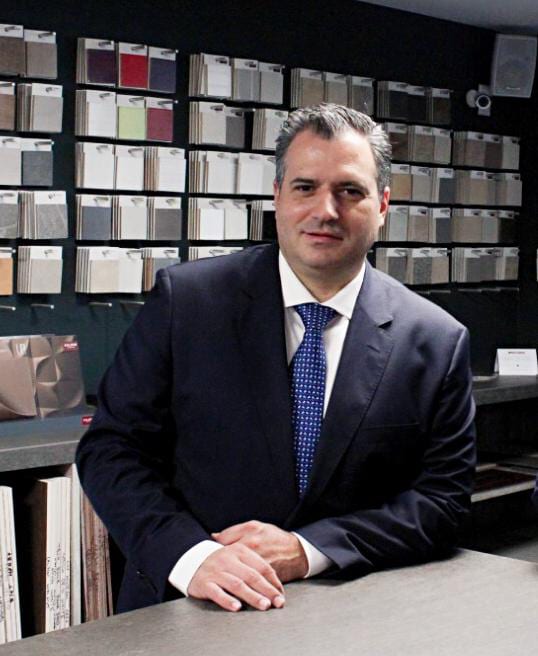 A retail chain with more than thirty years of experience in the domestic market, Recubre specialises in the sale of floor and wall tiles, bathroom furniture and taps throughout Mexico. Founded in 1986, during its 33-year history it has focused mainly on ceramic tiles, but to meet the needs of its customers it has expanded its product range to other categories such as taps and sanitaryware.
A retail chain with more than thirty years of experience in the domestic market, Recubre specialises in the sale of floor and wall tiles, bathroom furniture and taps throughout Mexico. Founded in 1986, during its 33-year history it has focused mainly on ceramic tiles, but to meet the needs of its customers it has expanded its product range to other categories such as taps and sanitaryware.
It is a medium-sized company whose strength lies largely in the fact that it has established itself in affluent and rapidly-developing areas of Mexico. These include the Metropolitan Zone of the Valley of Mexico, the most densely populated area of the country with about 22 million inhabitants, and the state of Quintana Roo, which includes Cancun and the Riviera Maya, the country’s fastest growing tourist region.
We asked Recubre’s CEO, Ander Baranda, to tell us about his company and the prospects for the ceramic tile sector in Mexico.
Who are your main customers?
Our customers are both professionals and the general public, so we try to organise our stores in such a way as to meet everyone’s needs. We have 18 showrooms where construction professionals can find a range of solutions for their projects. These spaces also welcome private clients seeking design advice for their homes. In addition, we have wholesale departments with trained personnel who can provide assistance to construction companies or designers with a variety of needs. And last but not least we have a space that we call a “workshop” where architects and designers can work on specific solutions for each project.
What is the current economic situation in Mexico?
Since mid-2018, economic growth has been slowing due to changes in government and radical decisions regarding construction regulations. So despite the growth of the ceramic market in 2019, prices have fallen dramatically.
How is the distribution system organised in Mexico?
There is a strong local production activity complemented by a dynamic import market, mainly from Europe and Asia. Both local products and imports are traded through two main channels: wholesalers and DIY stores.
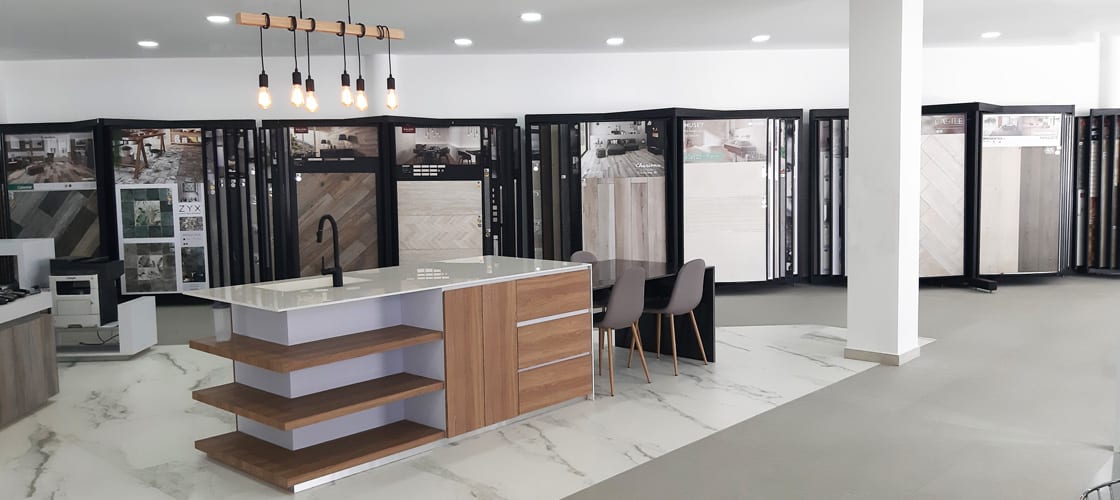
What are the challenges of distribution in Mexico and how do you think they should be addressed?
In step with the technological advances in the industry, we now offer large size ceramic tiles that are part of a “concept”. It is becoming increasingly difficult to communicate this broader concept to consumers, and ever larger exhibition spaces are needed. The challenge we are facing today is therefore to find ways to increase sales through digital media. In the case of ceramic tiles, there’s an additional challenge because these are products that customers need to touch and see for themselves. But the new generations of professionals are more capable of finding digital solutions. Personally, we believe the new challenges must be met through cutting-edge technology, an innovative approach to customers and the ability to build long-term relationships.
What’s the state of the Mexican real estate market and what trends are you observing?
Mexico’s real estate market includes residential, commercial, mixed-use buildings, hotels and offices, but without any specific trends. With a population of more than 130 million people, the country needs to build different types of buildings. However, at present there is an oversupply of real estate for offices. Shopping malls have seen steady growth, but this will not continue in the future, whereas demand in the residential sector will continue to grow.
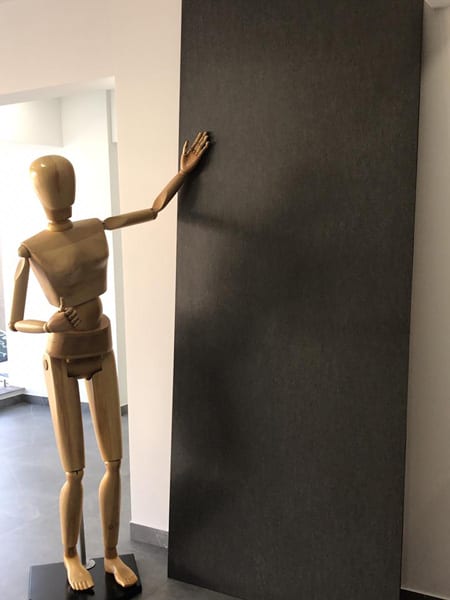
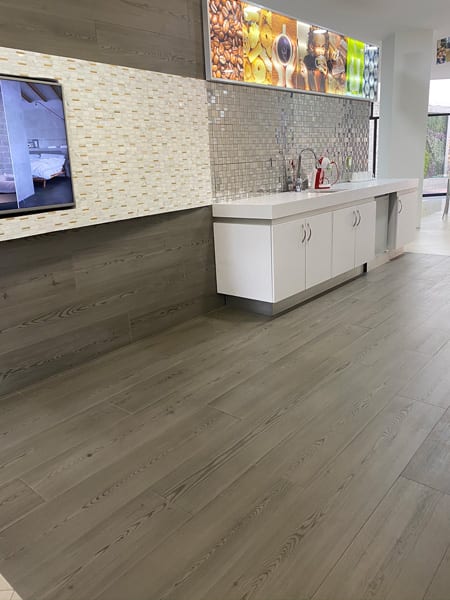
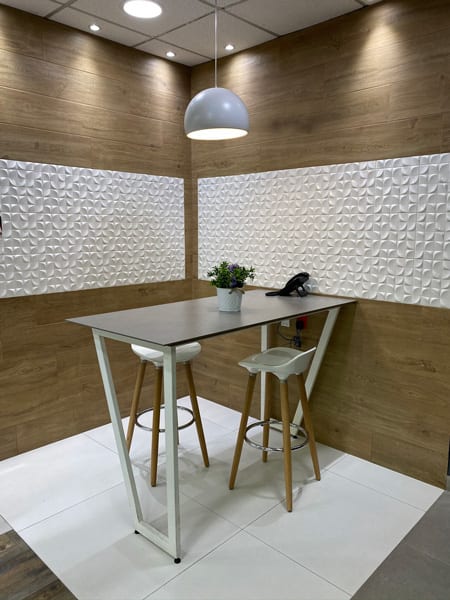
Considering the trends in the real estate market, what are the prospects and development opportunities for the ceramic industry?
Since ceramic tiles adapt well to different types of construction, the prospects for the sector are always good. However, local production and exchange rates are major challenges for new ceramic industry players looking to enter the market.
What are your expectations for your sector’s development?
In the current situation at the height of the Covid-19 pandemic, it’s difficult to make forecasts. The slowdown in the world economy due to the health crisis, the government’s decisions, the lack of public policies capable of instilling real confidence in investors, the historically low oil prices and the exchange rate with the dollar and euro are all factors that prevent us from having a clear vision of the immediate future.
August 2020




